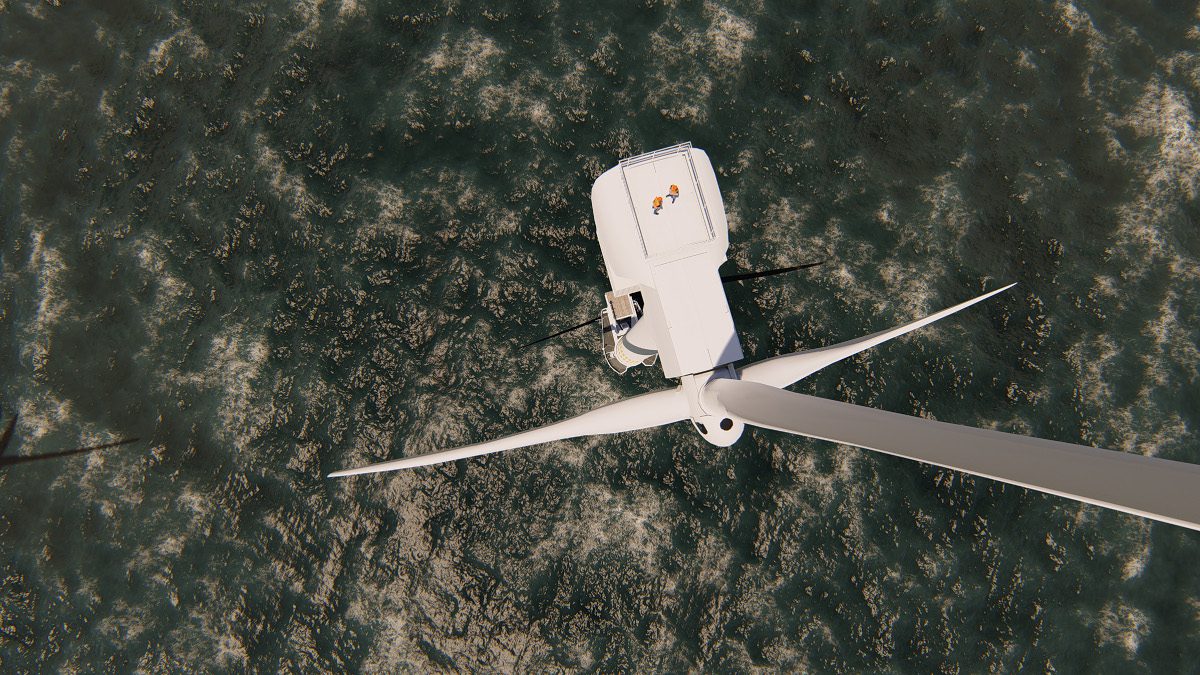
The government has today (8 September) unveiled the results of its fifth Contracts for Difference (CfD) auction (AR5), securing 3.7GW of renewable capacity. This is a marked reduction from last year’s secured capacity of 11GW, with government renewables targets potentially at risk, as energy market intelligence firm Cornwall Insight reported.
The auction, which saw developers able to bid on a range of renewable technologies including solar PV, onshore and offshore wind and hydropower, failed to procure any offshore wind capacity. The low Administrative Strike Price (ASP)1 of £44 per MWh (in 2012 prices) offered under AR5 was deemed by many to be insufficient to meet the development costs. High inflation, rising capital costs, and increased interest rates left developers fearing they may not get a return on their investments.
This development casts a shadow over the 50GW 2030 offshore wind target. Given the long development timelines for offshore wind assets, unless project development significantly accelerates, it is anticipated that the upcoming three auction rounds must secure a minimum of 7GW in each auction to make hitting the government’s target a possibility. Given the current economic climate, this appears increasingly unlikely.
Other technologies faired a bit better with onshore wind securing almost 1.7GW (including remote island wind) of new capacity, while solar PV secured 1.9GW of contracts, although these prices cleared at or near to the maximum price allowed.
The lack of bids from offshore wind and bid prices at or close to the ASPs for onshore wind and solar PV, will no doubt prompt questions about the level and structure of support being offered by the government. This will be compounded by the announced stalling of development of the Vattenfall Boreas wind farm, which won a contract in last year’s auction, due to the scheme no longer being economically viable at the achieved strike prices. It will therefore be important to see how the scheme will be amended for future iterations to account for the smaller engagement levels and higher prices seen in AR5.
Alex Asher, Senior Consultant at Cornwall Insight said:
“Last year’s CfD auction secured significant levels of renewables capacity, this year is a much more disappointing story, as high inflation, high cost of capital and supply chain issues have led offshore wind developers to opt out of the bidding.
“While there have been continued efforts from the renewables industry to drive down prices through innovation and efficiency measures, these developments have been unable to keep pace with an increasingly volatile economic environment. The administrative strike price has not been increased to reflect development costs and as a result, the auction was not seen as an economically viable option for several developers, leaving some projects without a clear path to market.
“The auction is likely to be a major blow to the government’s renewables plans and makes meeting 2030’s offshore wind targets more challenging.
“The CfD scheme is a substantial tool for providing investor certainty in renewable projects. It has been successful in allowing the deployment of large-scale renewables as well as helping to reduce consumer costs in periods of high wholesale electricity prices. Whilst alternative routes to market are open to these technologies, they are far more challenging.
“It’s imperative for the government to reassess certain structures of the scheme, to determine the optimum approach for continued deployment of renewables.”
References
- Under the CfD scheme, developers can take part in an auction for renewable energy projects. Participants bid a strike price in £/MWh in the auction, with all successful assets receiving the same price (subject to certain technology limitations). Each technology has a maximum price they can achieve, referred to as the Administrative Strike Price (ASP).






